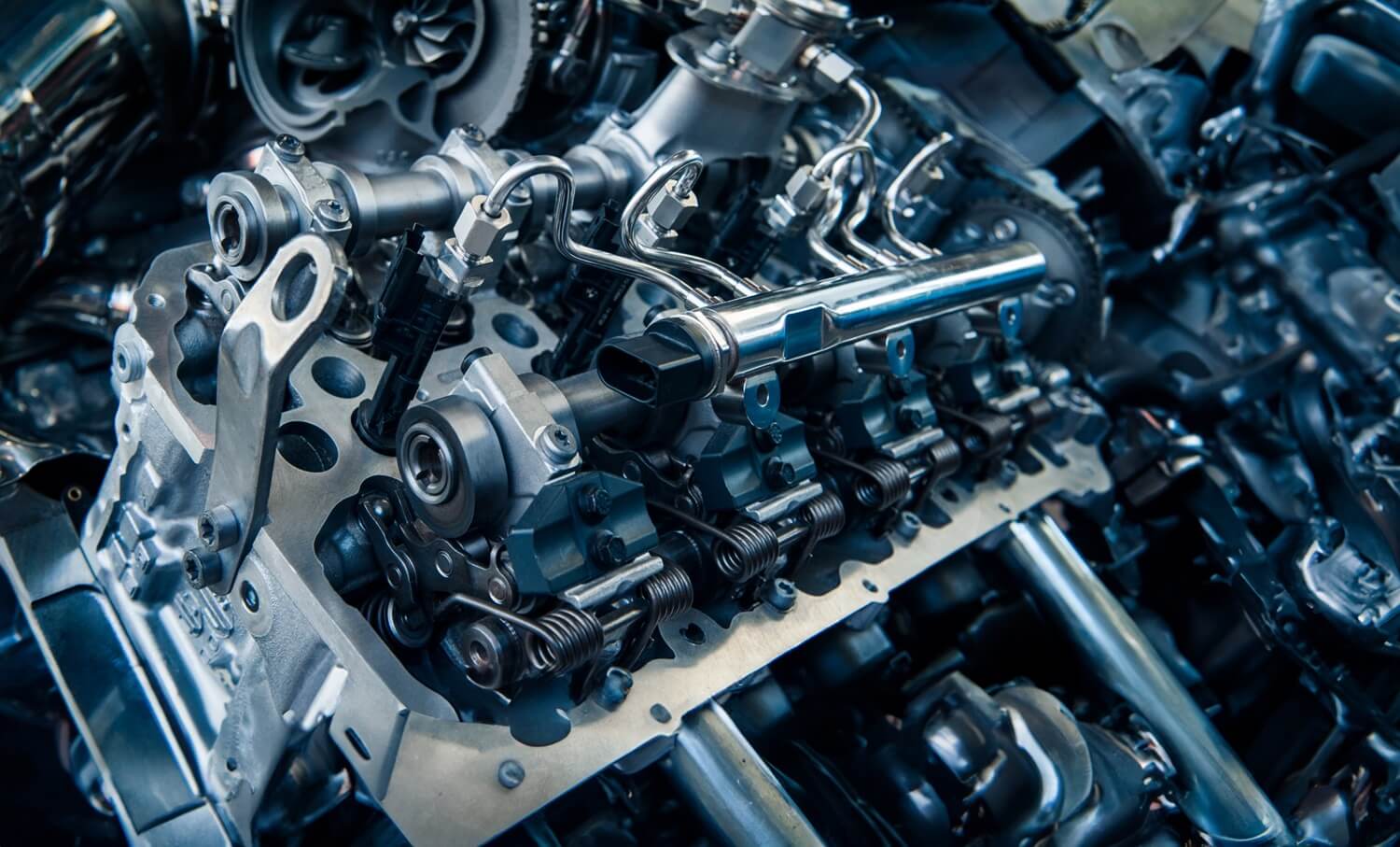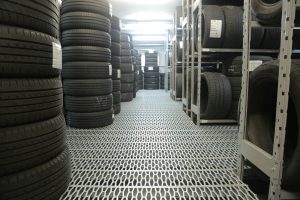The internal combustion engine is an engine where fuel burning takes place in an enclosed space, emitting gases that increase thanks to pressure and in turn create energy. The definition sounds quite technical and does not stress how these engines have shaped the world of transportation that we know today, influencing changes from global economy to urban development.
From the 1800s to today, these engines have drastically evolved from simple, rudimentary machines to sophisticated engineering pieces in modern vehicles. Today, it is not only about converting fuel into motion. Today, we have cutting-edge technology, environmental elements and consumer needs for efficiency, sustainability and performance – all combined in a car engine.
The Early Days
Nicolaus Otto, Gottlieb Daimler and Karl Benz can be named the pioneers of the automobile revolution. Daimler is often considered “the father of the modern gasoline engine” and in the late 1880s, his invention incorporated gasoline injection, representing a big advancement over earlier carburettor-based systems, making a way for more powerful and efficient engines.
Benz created the first practical gasoline-powered automobile in 1886, which, for its era, was a functional and reliable vehicle and helped develop cars that we know today. Otto, on the other hand, created the four-stroke engine in 1876 and his design is still used in most gasoline engines. These three people shaped the automobile and transportation industry that we have today.
During the early 1900s, gasoline-powered engines started to shape the automotive landscape of powering and producing cars. Ford Model T from 1908 represents one of the most significant milestones in the automotive industry. It was affordable for an average citizen, it had a four-cylinder internal combustion engine and was efficient, reliable and simple. This was one of the moments that made gasoline the standard car fuel, replacing steam engines that have been used before.
During this period, the four-stroke engine was further refined to offer more power and efficiency compared to earlier models. The gasoline engines were becoming more and more powerful, creating vehicles that were more capable and useful to society.
Fuel Injection and Turbochargers
After World War II, many car manufacturers started with research and development in areas such as fuel efficiency and manufacturing techniques. As a result, we have got the engines that were not only more reliable but more powerful as well. This era represented the rise of American muscle cars with V8 engines that offered enhanced speed and performance.
Car manufacturers also started with innovations in carburetion and ignition systems which improved fuel delivery and combustion efficiency. This is where fuel injection came to the scene. Before fuel injection, carburettors needed cleaning very often, with elements such as weather conditions, elevation and temperature affecting their performance. On the other hand, fuel injection worked quite simply. It helped the engine work smoother and run more efficiently, eliminating the need to adjust a choke every time you start the engine.
The 1950s and 1960s were marked by the beginning of the use of turbochargers by car manufacturers. The idea was born in the 1920s, but primarily it was used in aviation. A turbine first allowed World War II fighter planes to fly faster, higher and farther, enhancing their overall performance – which is exactly what it did with cars as well. It helped force more air into the engine’s combustion chamber, and, driven by the fuel crisis, car manufacturers started designing engines with turbochargers to help improve fuel efficiency, further increasing the power of even small engines.
The Use of Computers and Hybrid Engines
During the 1980s and the 1990s, car manufacturers began utilising computers to improve engine control and overall performance. One of the examples is the Engine Control Unit (ECU) which was responsible for controlling fuel injection, air-fuel ratio, ignition timing, etc. It allowed precise engine control for improved emissions control and fuel efficiency.
Electronic Fuel Injection (EFI) started replacing carburettors and provided greater efficiency and reliability when it came to delivering fuel to the engine. This era was also when environmental concerns started gaining more and more attention and these forms of car control and diagnostics allowed for a better way to monitor the state of the engine and emissions, helping mechanics find and address the issues easier.
The rising fuel prices during the 2000s set a ground for the development of hybrid engines: they combined a traditional gasoline engine with electric components to improve fuel efficiency and reduce emissions. Toyota introduced its hybrid Prius in 1997, but by the mid-2000s, they became more popular on the market for customers that wanted to save on fuel and reduce their environmental impact.
The Future of Engines
From powerful V8 engines developed during the early and mid-2000s to fully electric vehicles, the automotive industry is evolving daily. Car manufacturers are aware of the environmental impacts that we hear about every day and, during the 2010s, started to explore alternatives to traditional gasoline engines.
The advancements in battery technology allowed for the growing shift to electric vehicles, alongside sustainability and government subsidies that motivated people to switch to EVs rapidly. However, making lithium-ion batteries has its own environmental price.
Lithium and cobalt mining have significant impacts on the environment, including deforestation, water pollution and more. However, with engineering and technology evolving day by day, we are yet to see the solutions that car manufacturers have to offer to improve overall sustainability and environmental protection – one of the biggest concerns of every industry in the 21st century.





